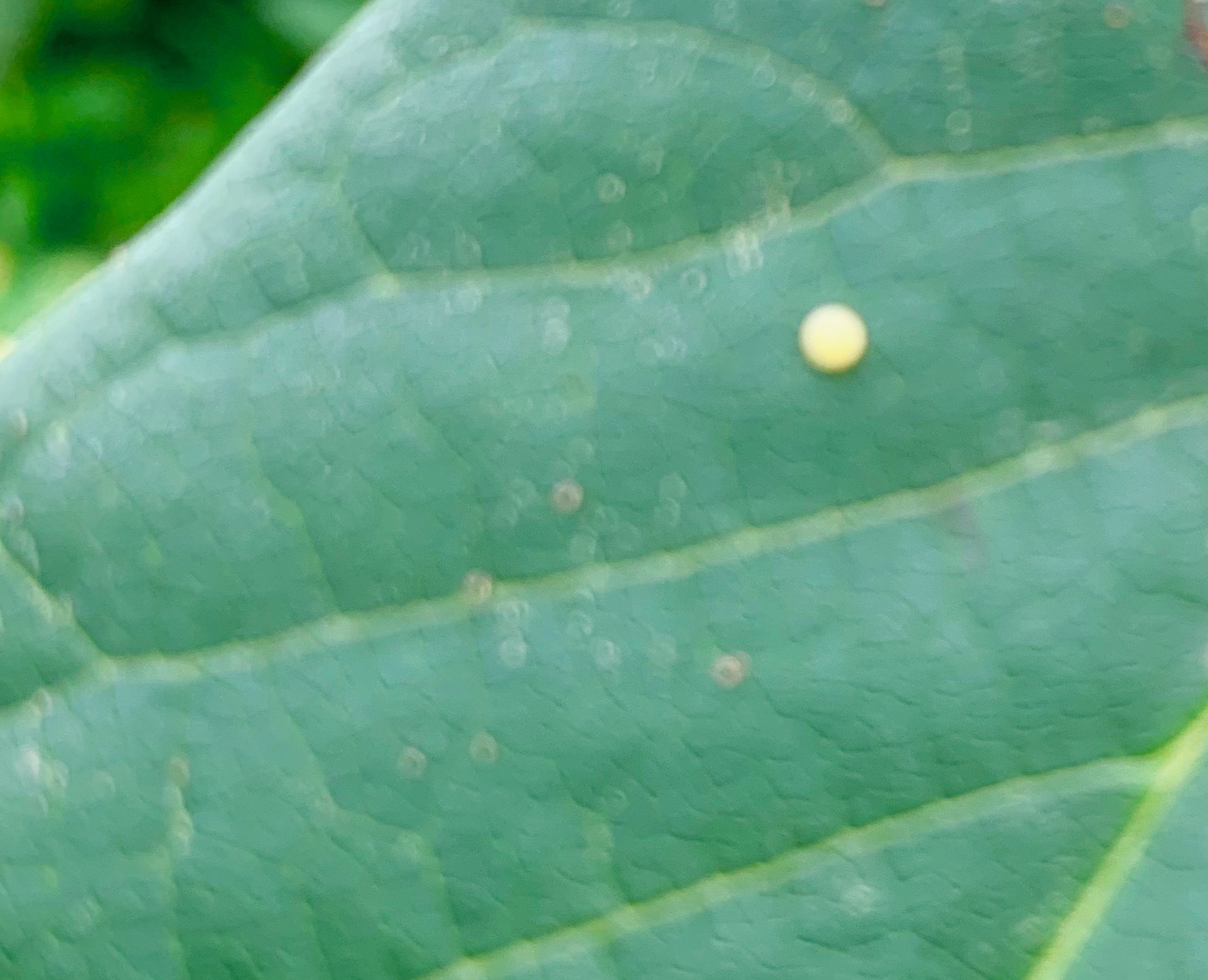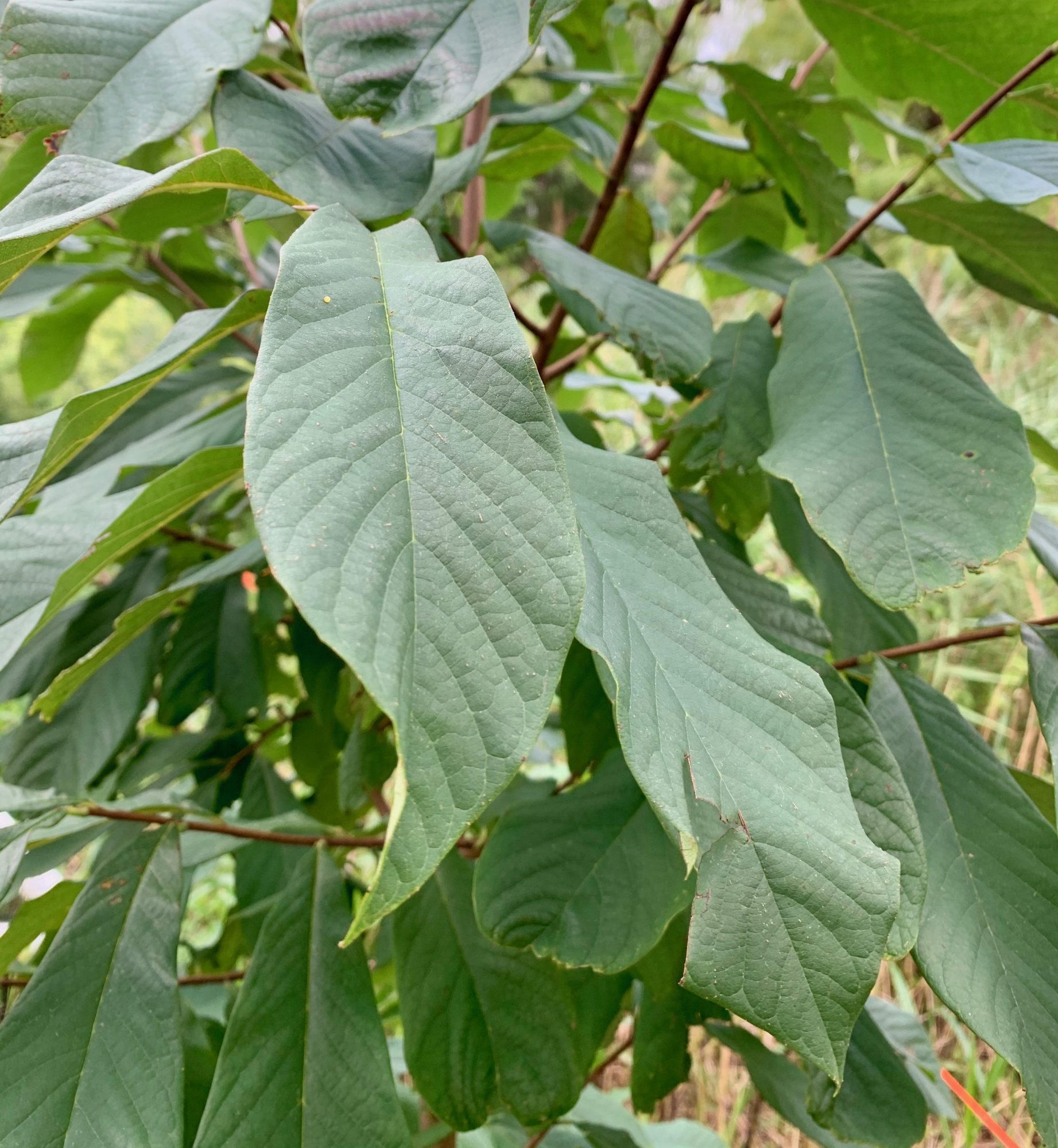by Mary Reid Barrow
A zebra swallowtail butterfly, its long tails streaming behind, swooped all over the lantana at the Virginia Beach Middle School Butterfly Garden recently.
The black and white striped beauty was nectaring for all it was worth. I watched her for about 15 minutes off and on. I say “her” because I was hoping it was a female and that she would lay eggs on a little pawpaw tree that’s growing behind the lantana.
Pawpaws are the only host plant for the zebra swallowtail caterpillar. But the trees are usually found more in the southern part of the city where they grow, often in patches or groves, in moist soils near river and creek beds.
But pawpaws are not but so picky and will grow elsewhere. So Maurice Cullen, who founded and oversees the school butterfly garden, took care of that by simply planting a a couple of pawpaw trees in the garden in the hopes of attracting the beauties.
And low and behold, the zebra swallowtails came. Cullen said he had found 10 small zebra swallowtail caterpillars on that same little tree about three weeks ago:

Though I never saw “my” zebra swallowtail laying eggs, I was so excited when I went back the next morning to see tiny yellow eggs on some of the pawpaw leaves:

Pawpaws can be good trees for a small yard because they grow only to about 40 feet. They are interesting because they have big dark green, almost tropical looking, leaves that turn yellow in the fall:

Pawpaw fruit is a favorite of animals like raccoons and opossums. American Indians and early settlers also enjoyed the custard-like fruit.
It was sometimes called the poor man’s banana because the fruit is shaped like a banana or in my view, a great big cashew nut. Pawpaw trees bear the largest edible fruits of any native tree in the United States.
Pawpaws were said to have been George Washington’s favorite dessert. There was even a popular children’s song about “The Paw-Paw Patch”. It is still sung today, but you wonder if the kids know what they are singing about:
Unlike humans and animals that partake of pawpaw fruit, the zebra swallowtail butterfly caterpillar eats only pawpaw leaves.
So if you plant a pawpaw tree, you can have your fruit and your beautiful zebra swallowtails too!
Do you have a favorite tree, a secret tree grove or neighborhood climbing tree that you love? Let me know your stories about trees, the critters who live in them and the insects that dine on them. Send an email to maryreid@lrnow.org